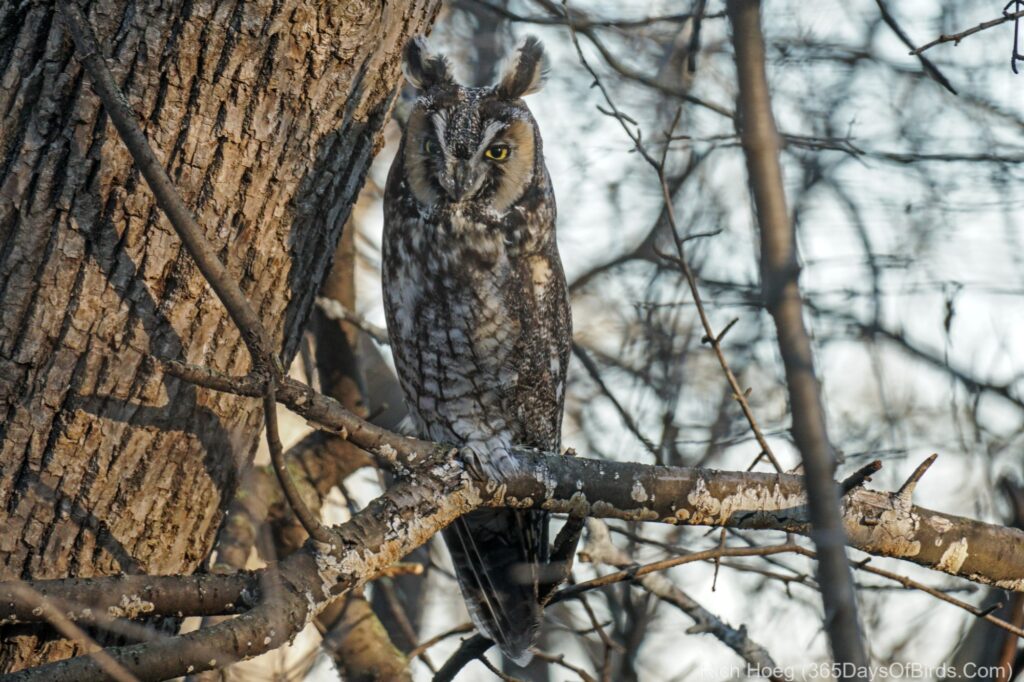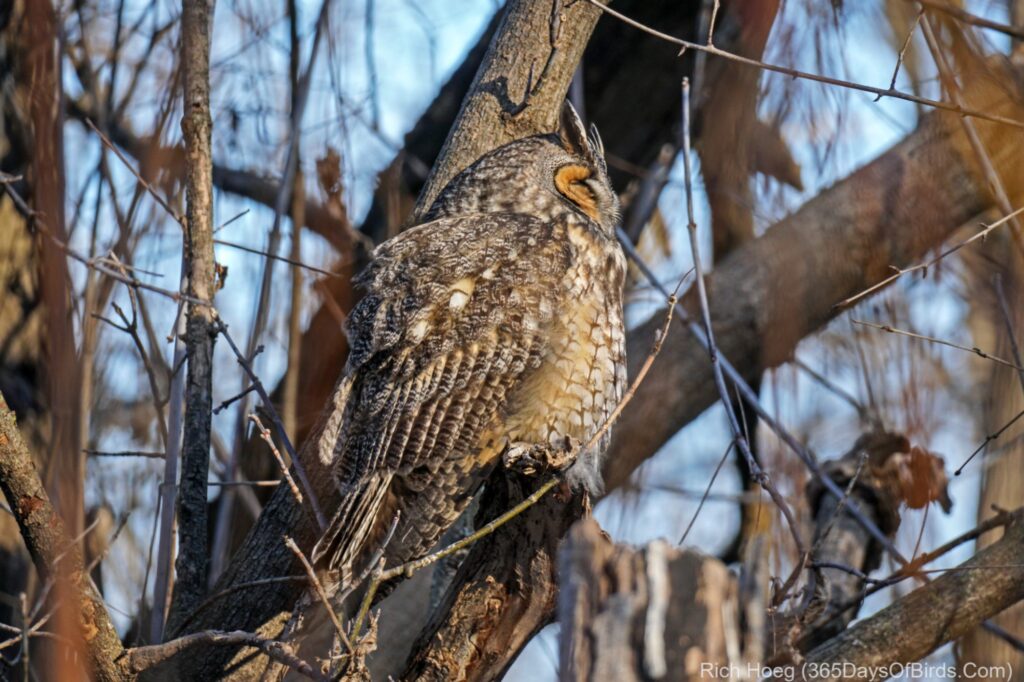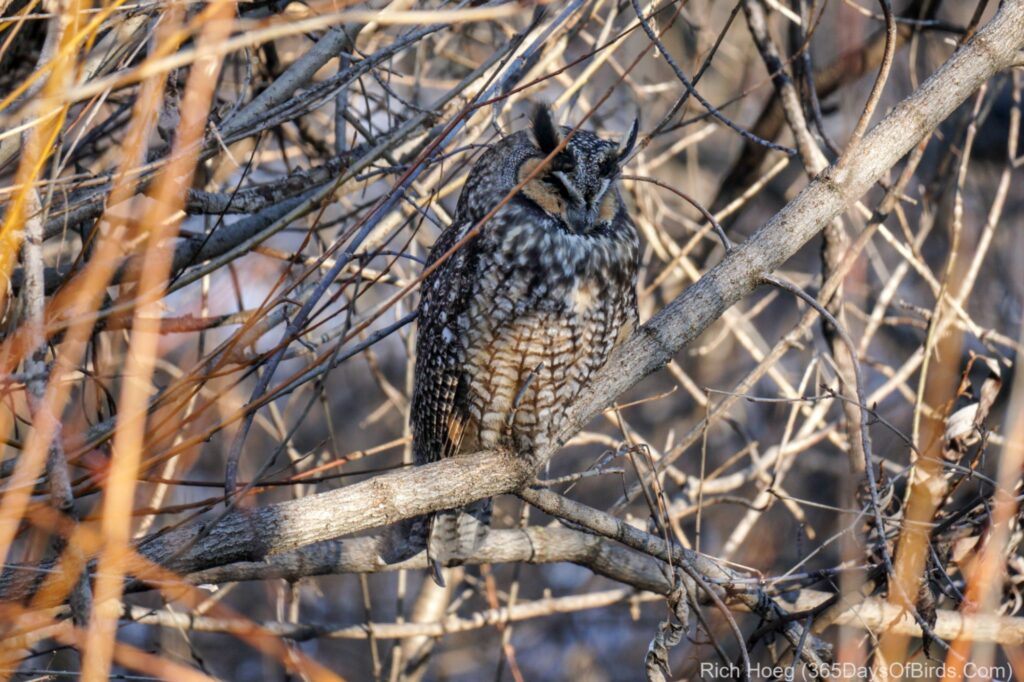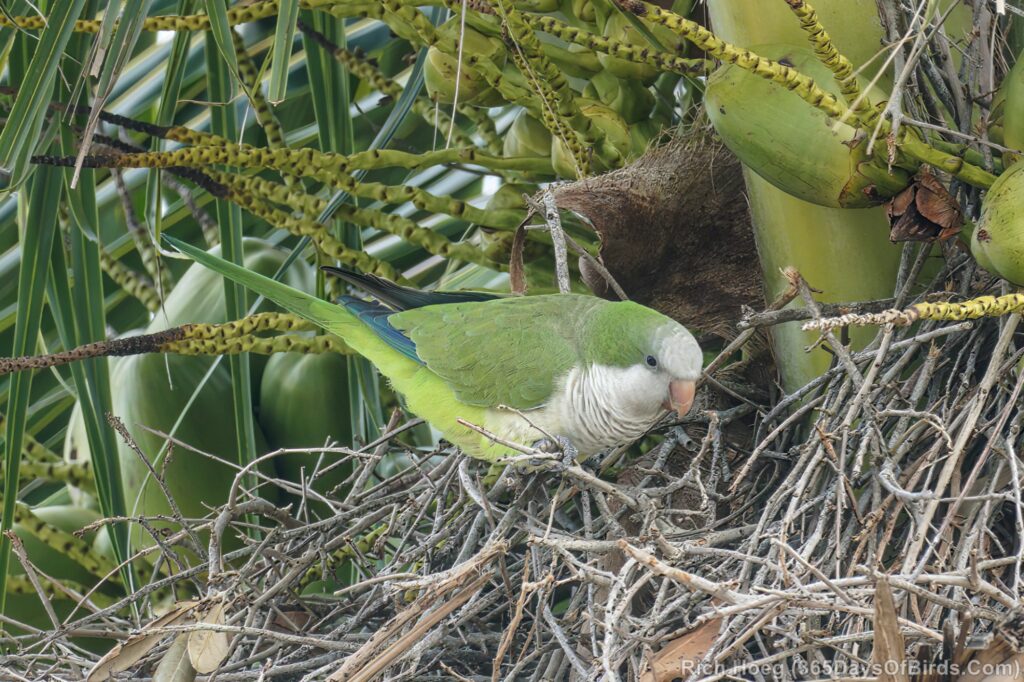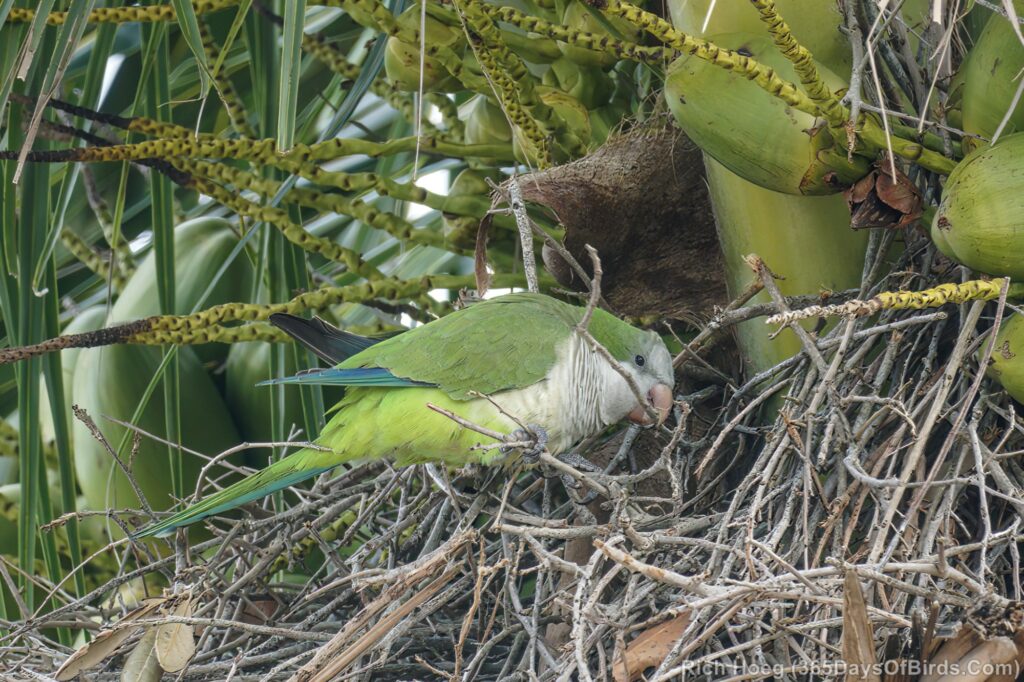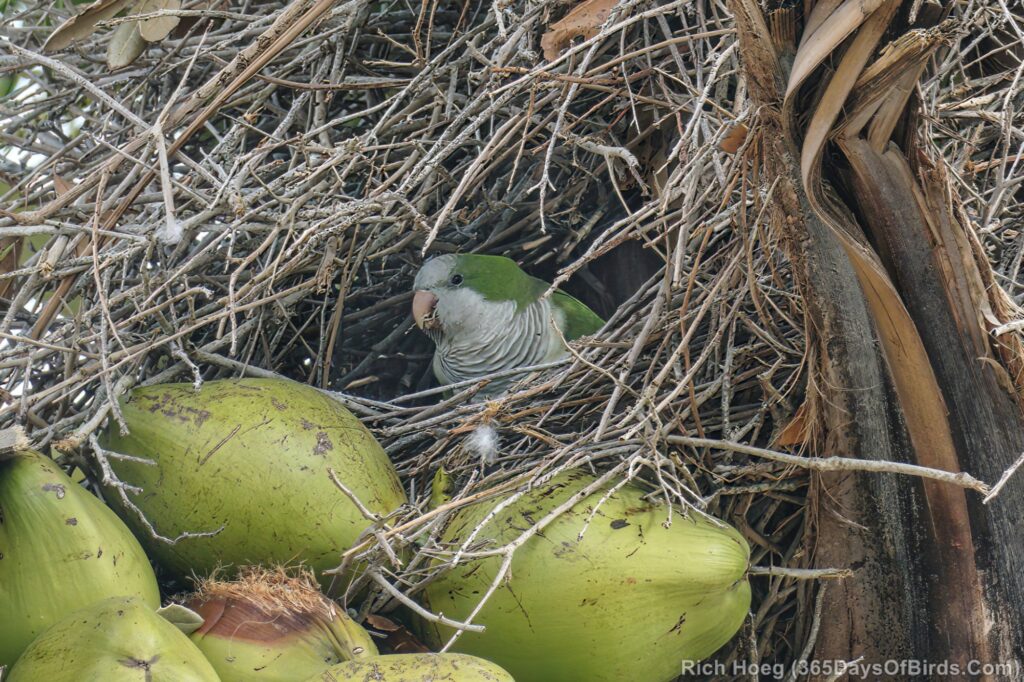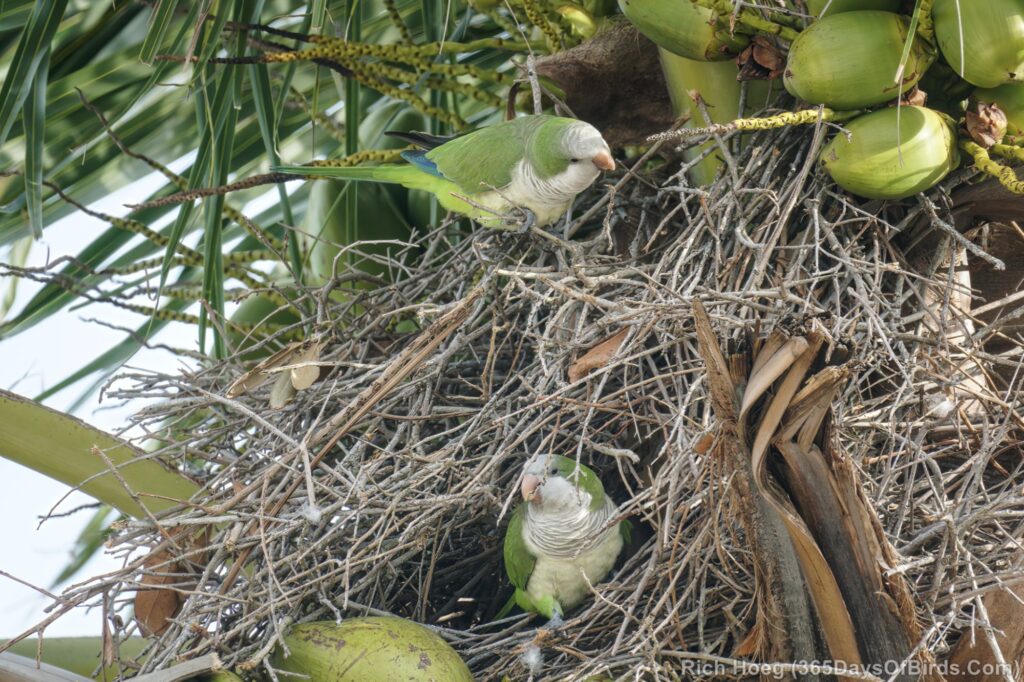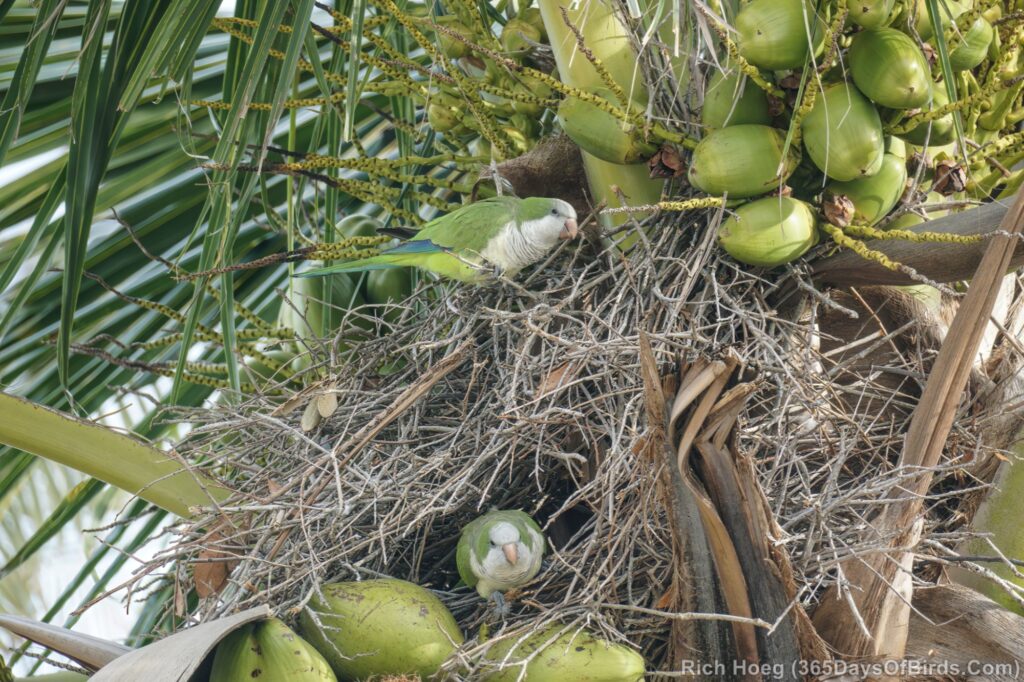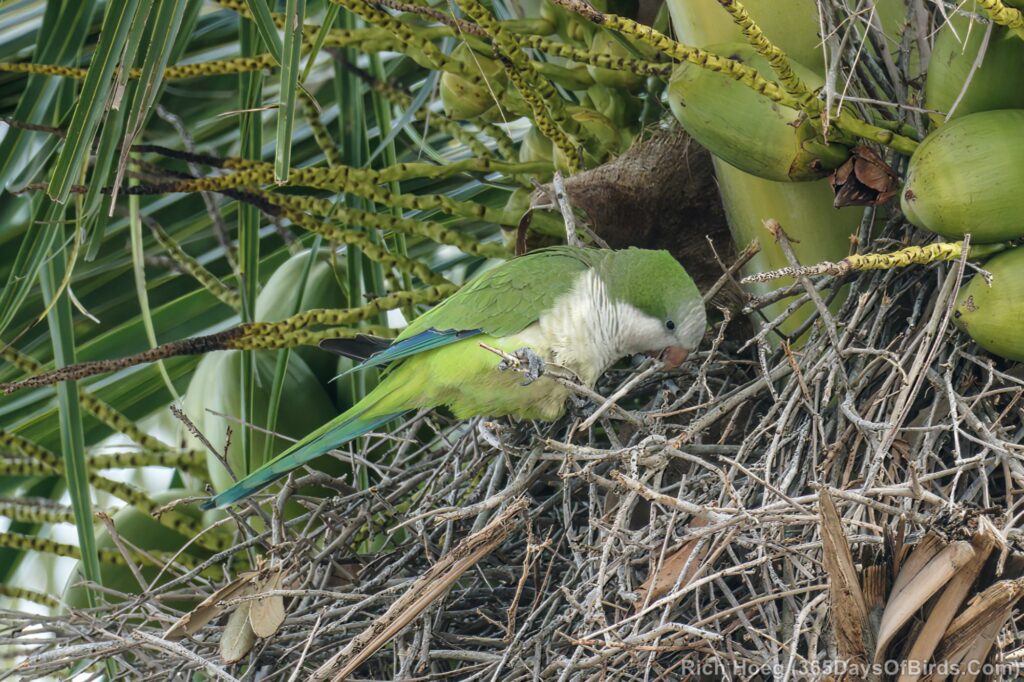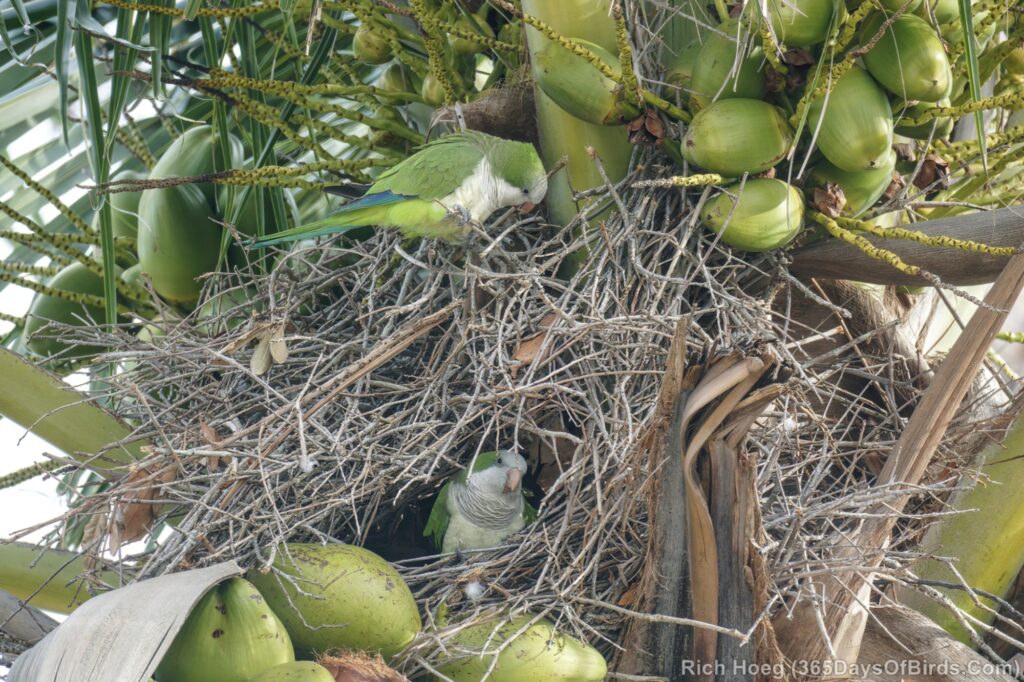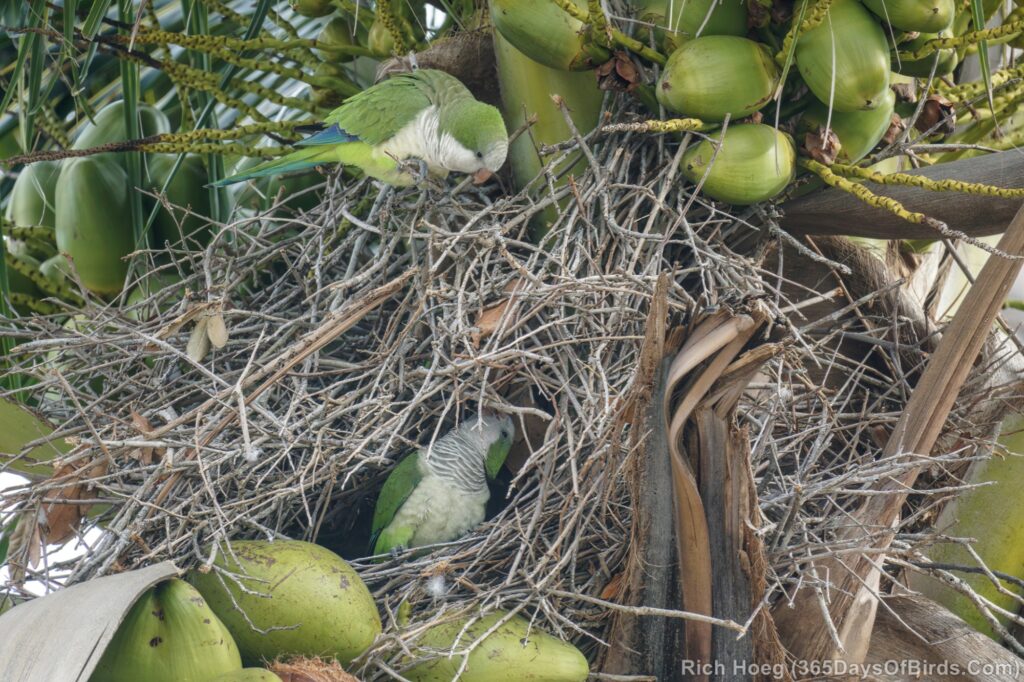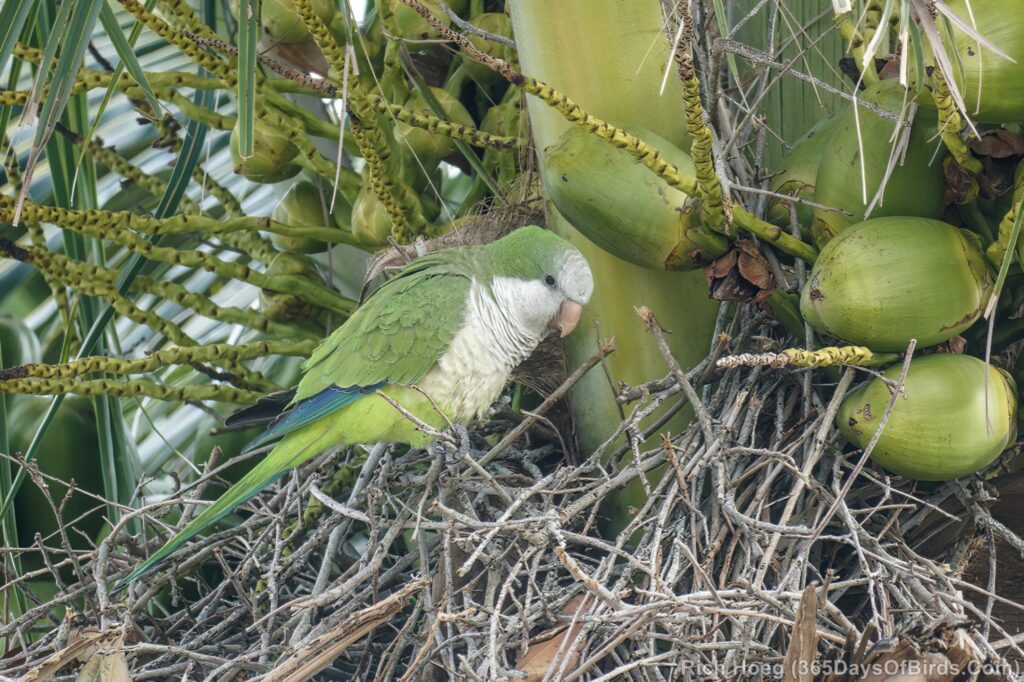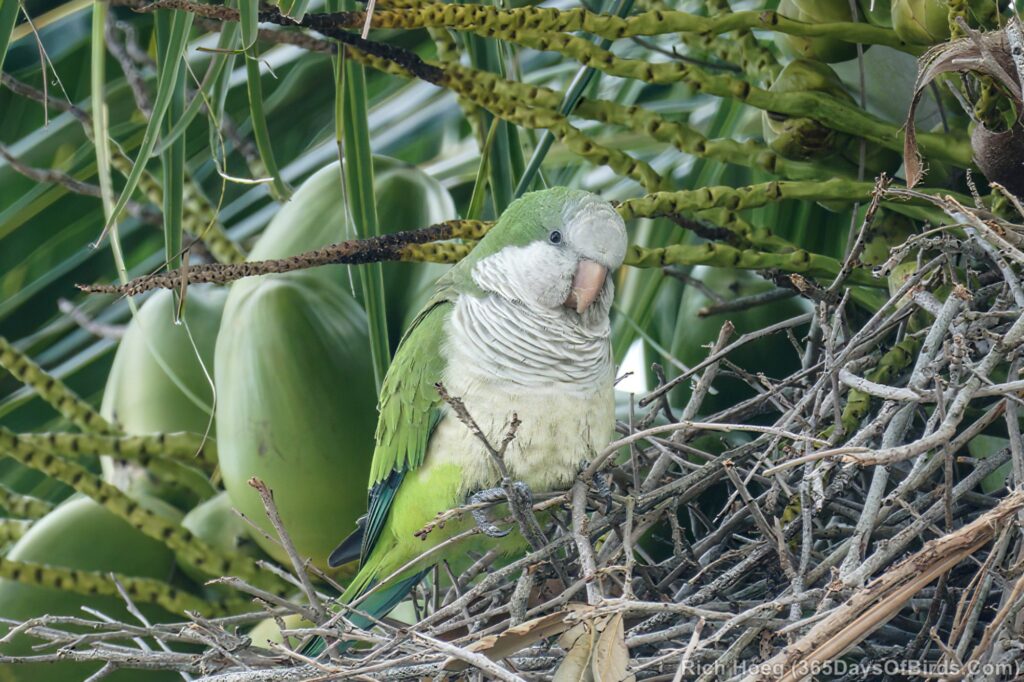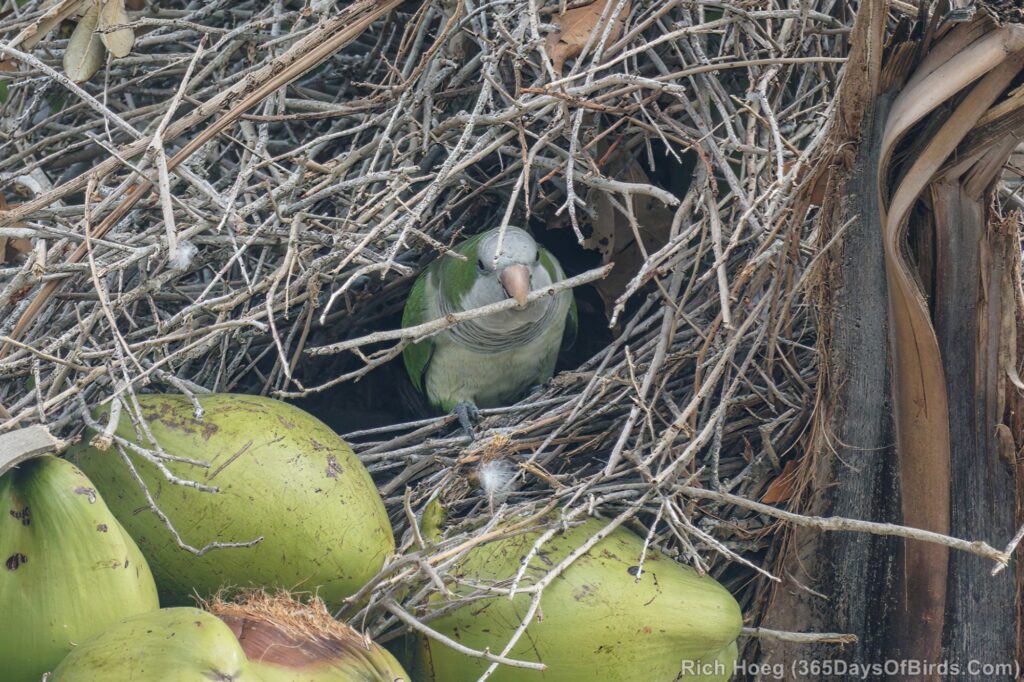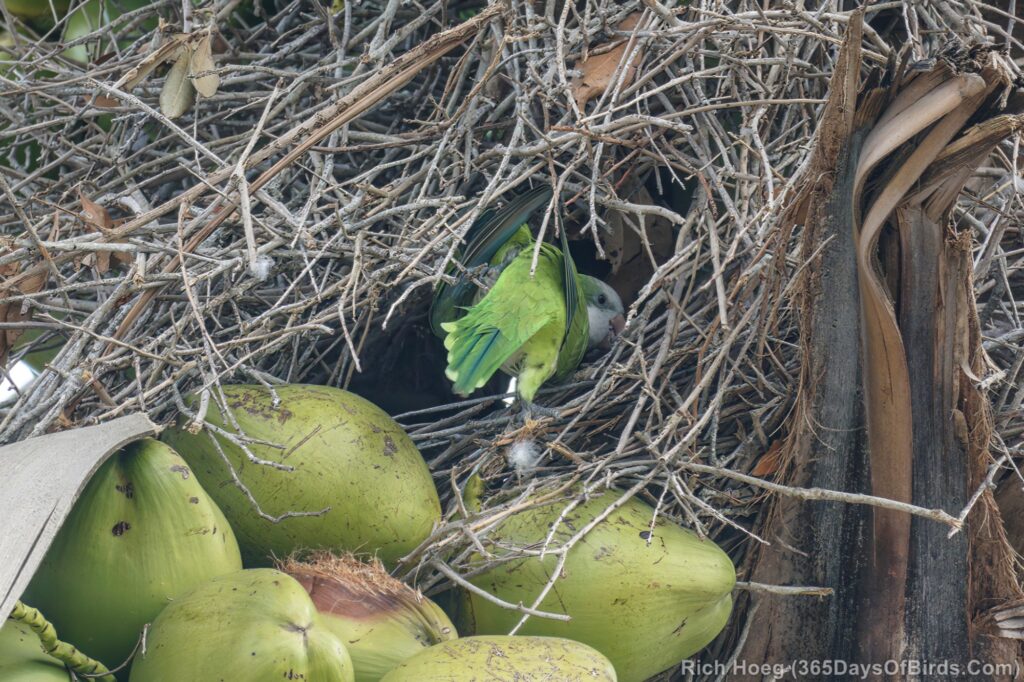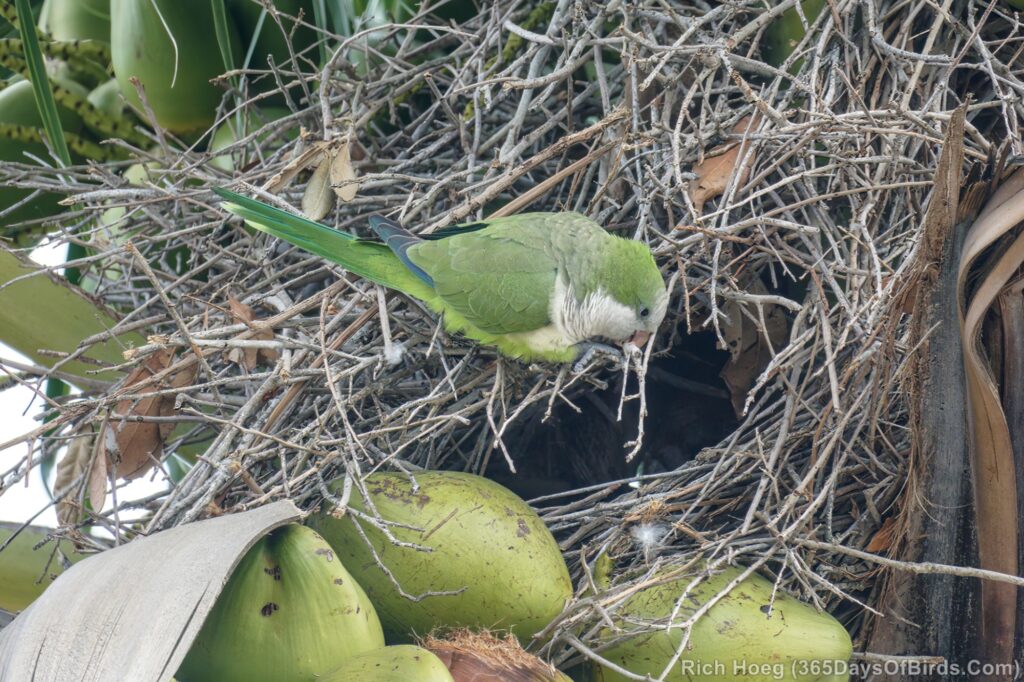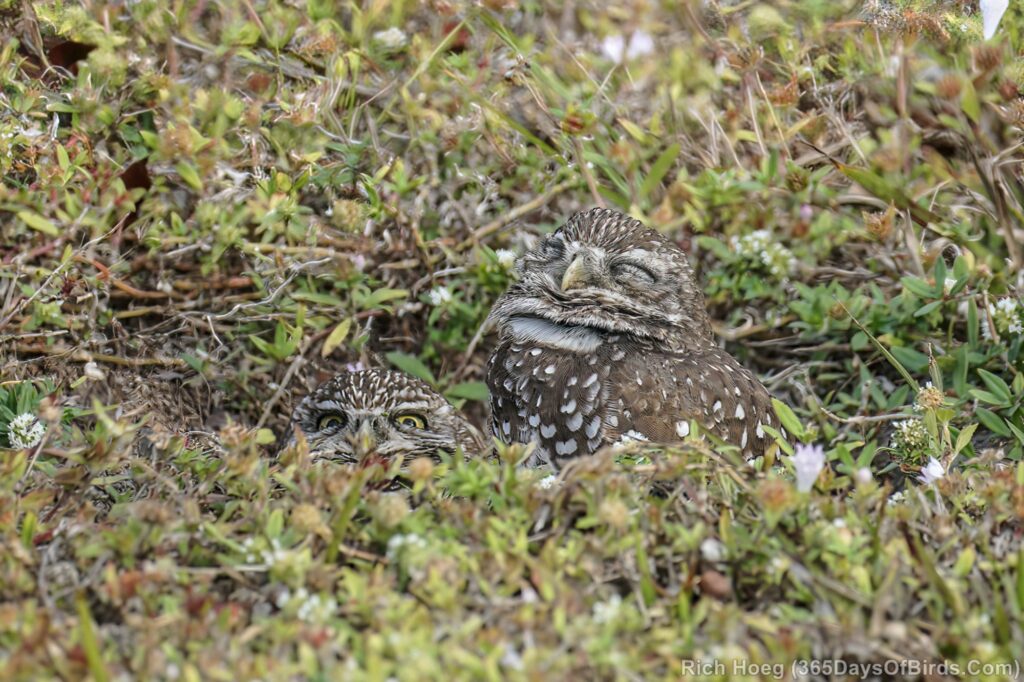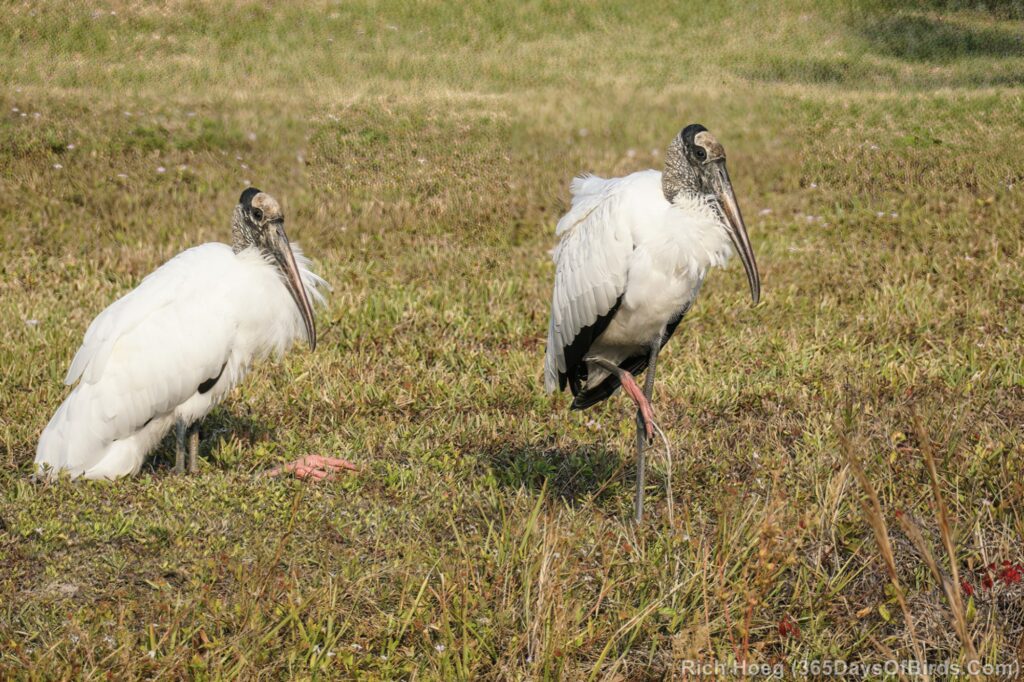What a difference a few days makes, and 1,500 miles! Sunday afternoon while still in Fort Myers, after the storm clouds cleared, I drove over to the Pelican Ballfields in Cape Coral in the afternoon. A few Burrowing Owls decided to come out and investigate including this couple. Actually I did not even know these two birds were “an item” till the larger of the two owls (female I assume) ran ten yards over to stand with its mate. This movement above ground let me begin to understand that their burrow was at least ten yards wide underground, with multiple entrances. It would be cool to see how extensive their burrow is underground, but not something I will ever learn or see.
Cape Coral Burrowing Owls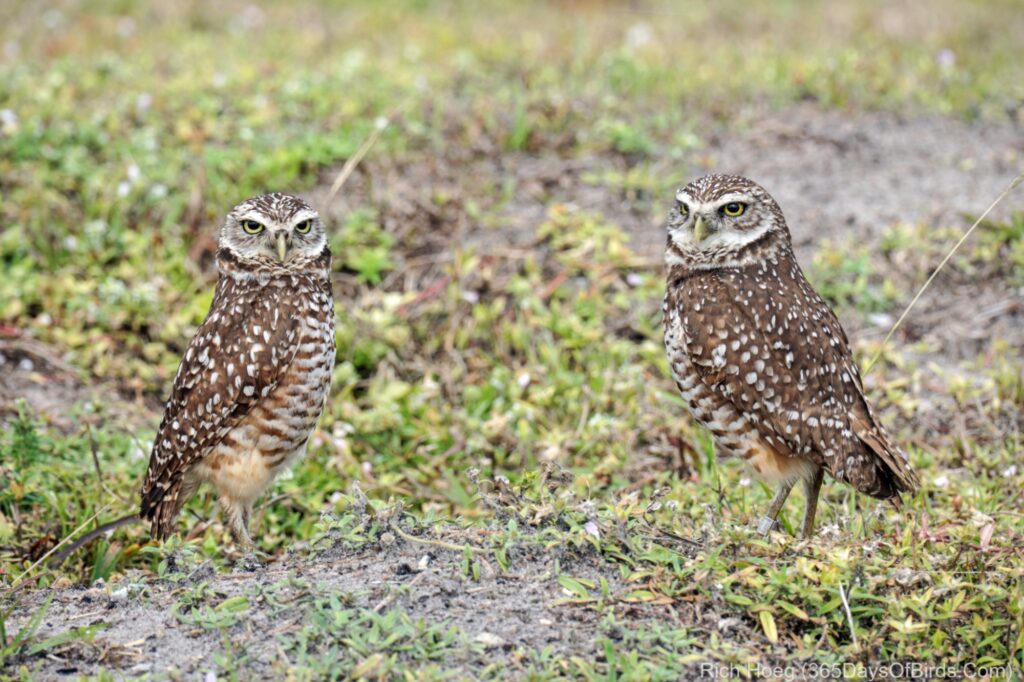
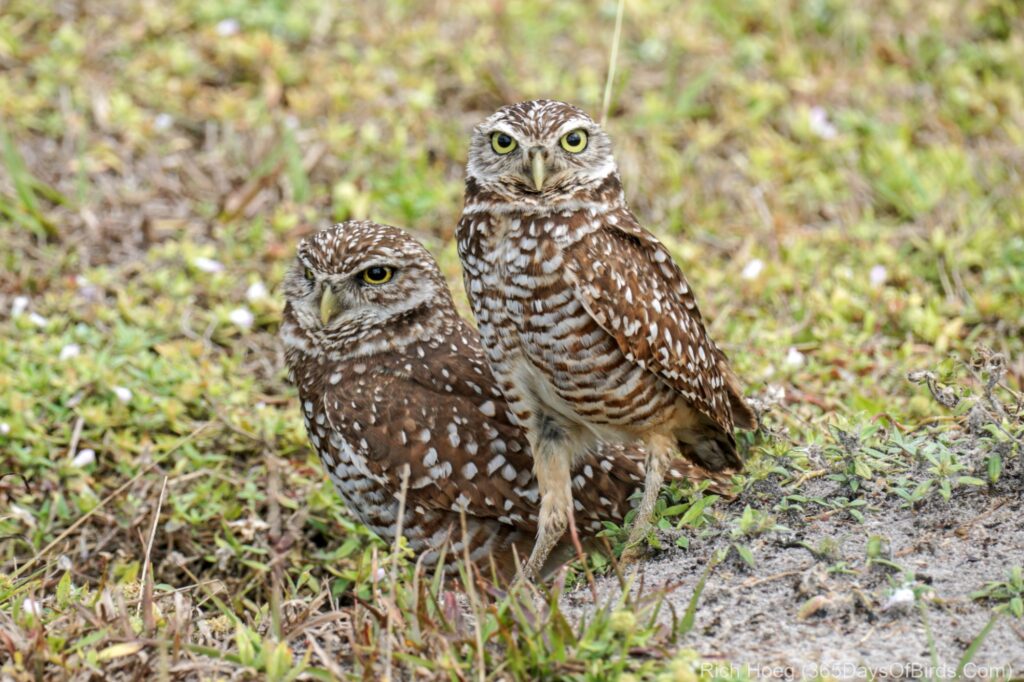
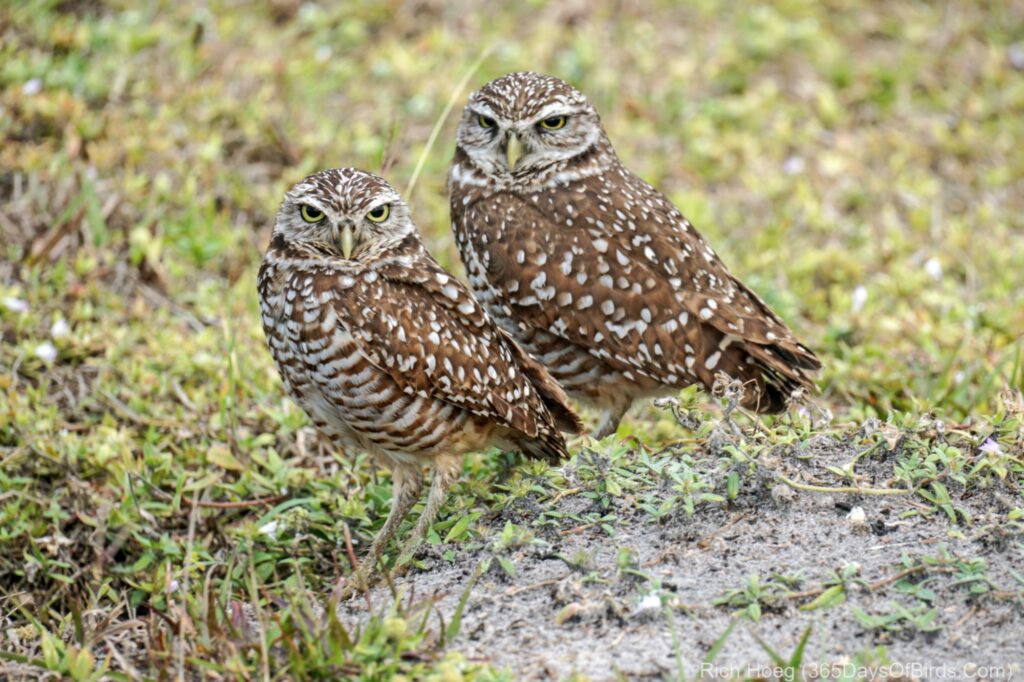
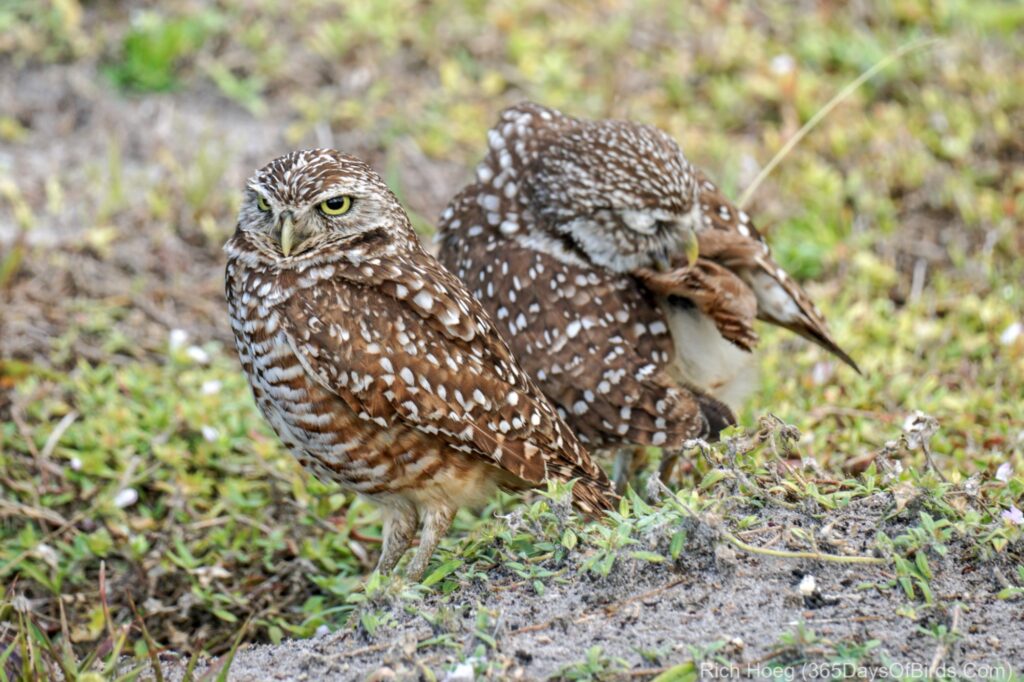
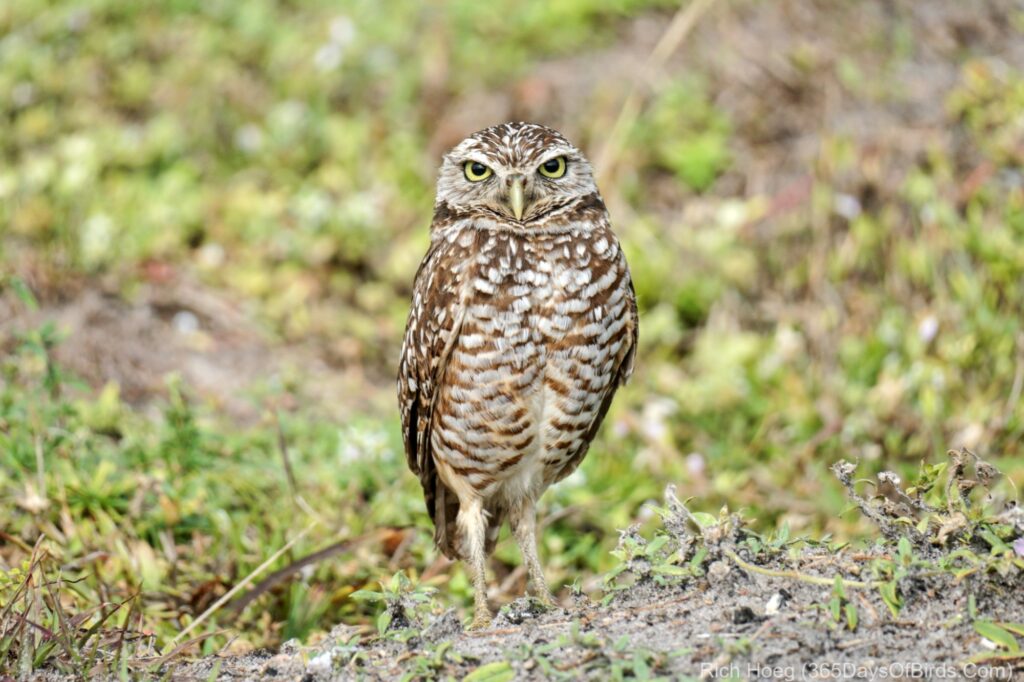
Black-Vultures fly low overhead, and definitely attract the owls’ attention.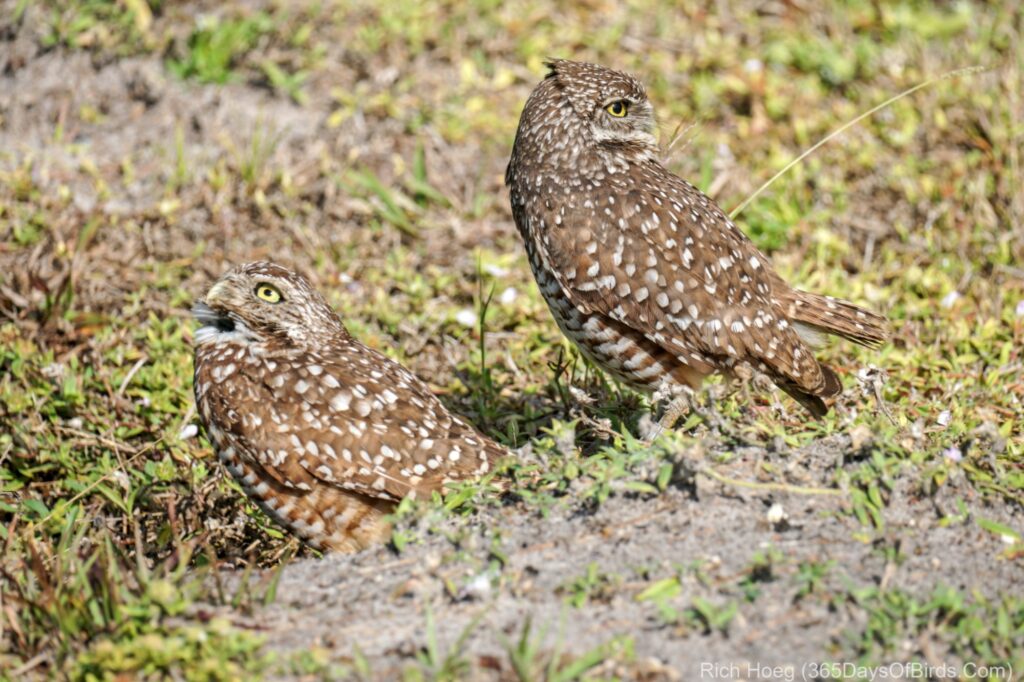
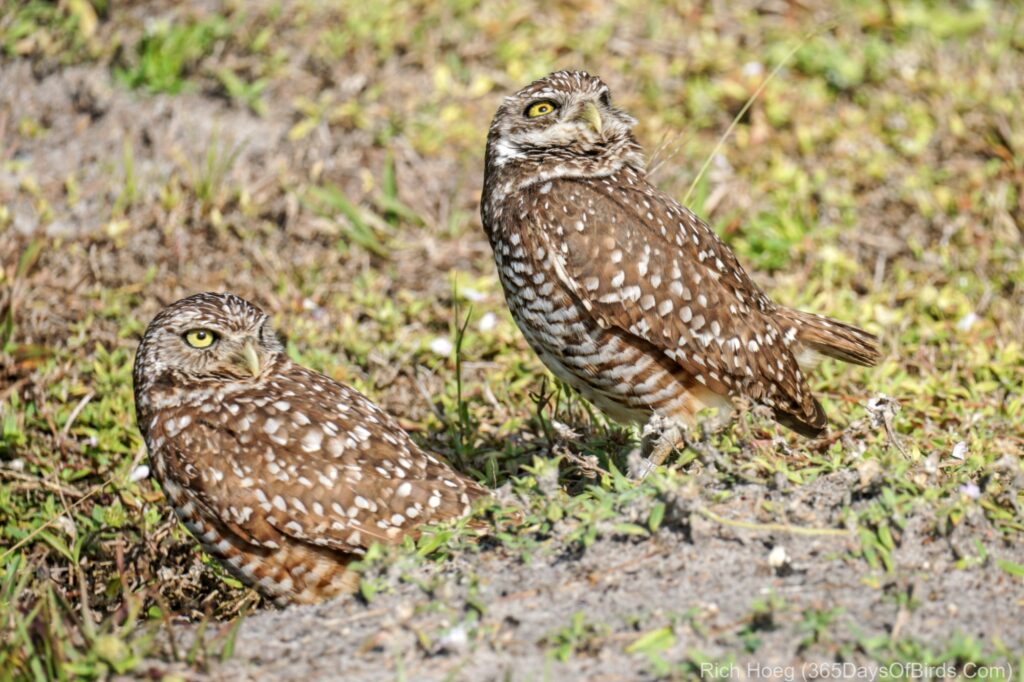
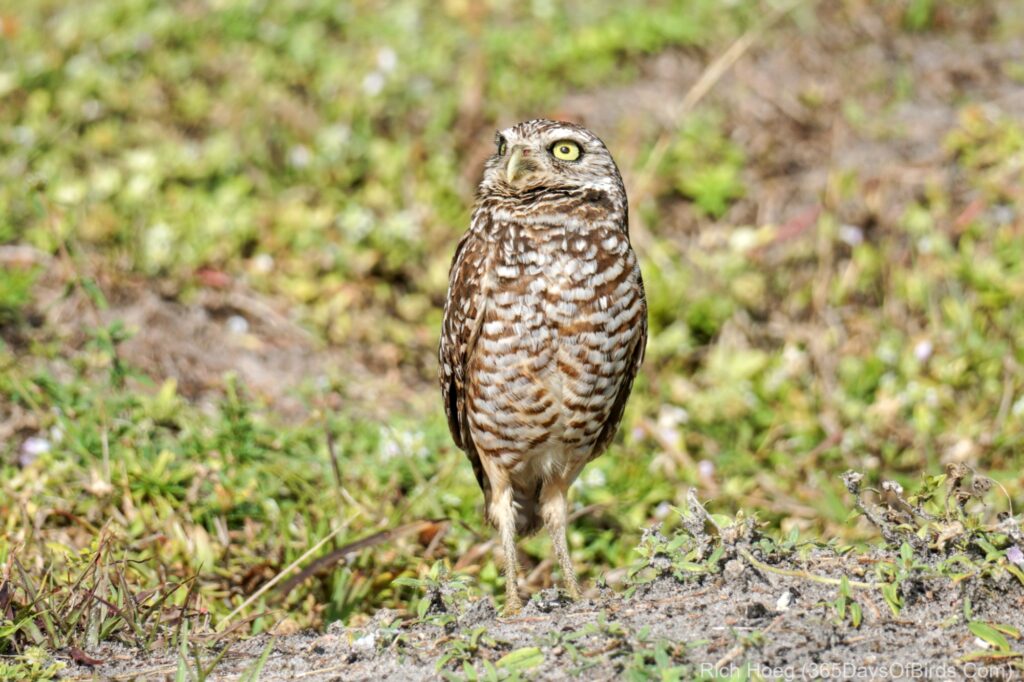
Monday morning it was time to head back north. We are now safely stopped at my son’s house near Milwaukee and seeing my new grandchild again. This morning at sunrise I went out in an attempt to find a Long-Eared Owl winter roosting thicket. Given advance knowledge, I found three Long-Ears. Birding was quite different from Florida given the temperature was only 3F. Oh wow, were my hands cold. Even with winter gloves, I just could not keep my hands warm. I have tried many different gloves over the years, but have never discovered any which work for temperatures below zero. I would love to hear in the comments about what others use to keep their hands warm. Please notice in these images that the owls are sitting in the sunlight. As temperatures drop towards zero and below, owls often sit in the sun / out in the open during the day … protected from any wind but able to feel the thermal warmth.
Milwaukee Long-Eared Owls (3 unique birds … 1 male and 2 sleeping females)